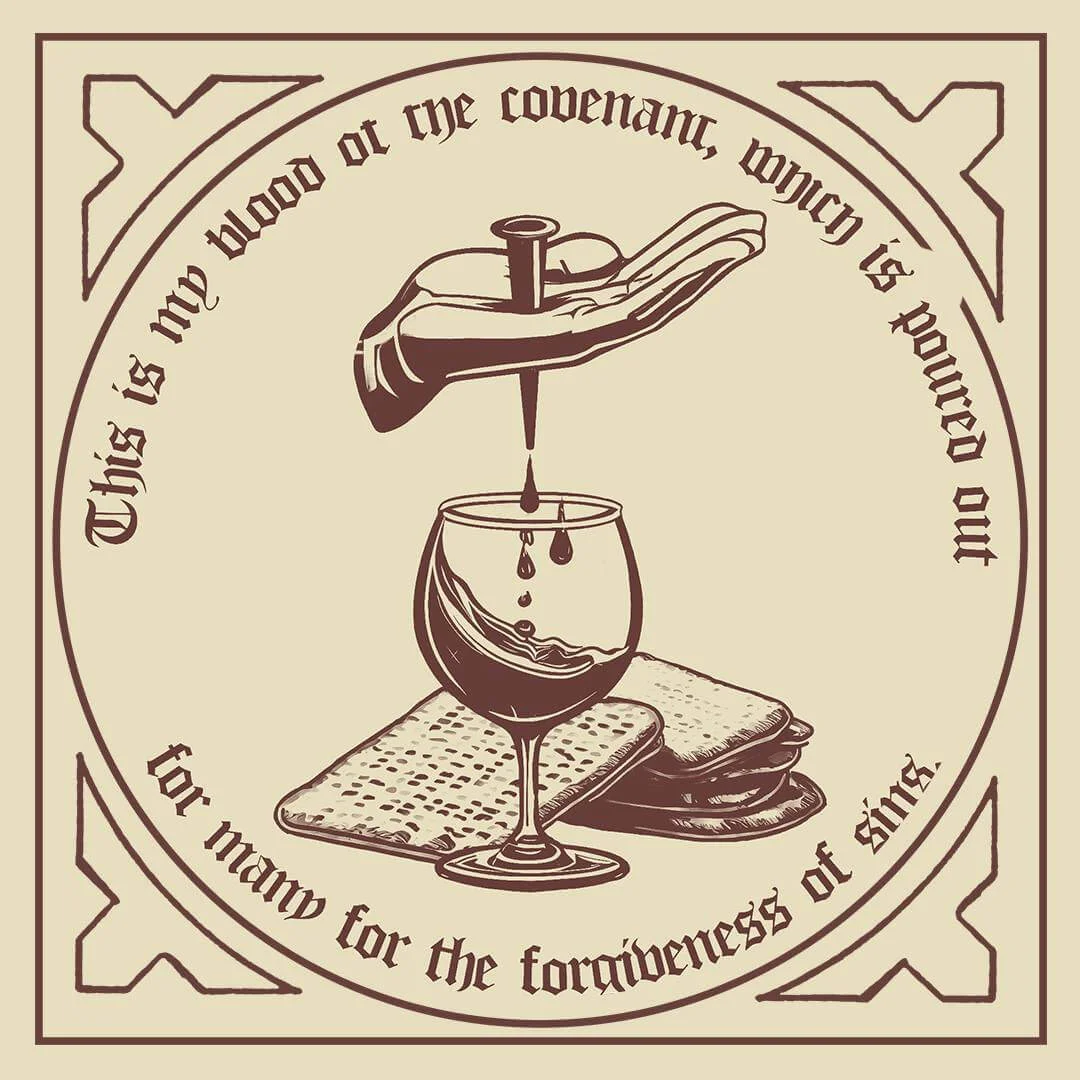
The Mystical Union of Christ in Communion
Understanding Christ’s Presence in Communion: A Biblical Perspective
The discourse on Christ’s presence in the sacrament of communion has long been central and sometimes contentious in Christian theology. This debate pivots on Matthew 26:26-28, where Jesus proclaims the bread as His body and the wine as His blood. Diverse interpretations abound: Roman Catholics view the bread and wine as actually transforming into Christ’s body and blood, Zwinglians see them as mere symbols, and Reformed theology often finds a middle ground. Yet, I suggest that a crucial insight comes from 1 Corinthians 10:15-17, highlighting a deep participation in Christ’s body and blood, uniting believers through this sacrament. This passage is key in articulating a Biblical view of communion, suggesting that Christ’s presence is mystically united with the elements in a profound, mysterious manner.
Paul’s Insight on Communion in 1 Corinthians 10:15-17
1 Corinthians 10:15-17 implores, “I speak to sensible people; judge for yourselves what I say. Is not the cup of blessing that we bless a participation (koinōnia) in the blood of Christ? Is not the bread that we break a participation (koinōnia) in the body of Christ? Because there is one bread, we who are many are one body, for we all partake of the one bread.” Here, Paul uses the term ‘koinōnia’, denoting Christian fellowship, to describe our participation in Christ’s body and blood. This signifies a mystical union and fellowship with Christ in communion, distinct from other means of grace where Jesus encounters us. Like Christ’s unique presence when believers gather (Matthew 18:20) or the special inhabitation of God’s Spirit in praise (Psalm 22:3), Christ uniquely inhabits the Eucharist.
Rejecting Extremes: The Middle Ground of Sacramental Union
The sacramental union concept posits that while bread and wine maintain their substance, Christ’s body and blood are truly present, in, with, and under these elements. This mystical union, transcending human comprehension, nonetheless maintains some mystical deposit of Christ’s presence. We unequivocally reject the Roman Catholic doctrine of transubstantiation, where wine and bread supposedly become actual flesh and blood. Conversely, Ulrich Zwingli’s purely symbolic view overly diminishes Jesus’ participation in communion. The sacramental union asserts Christ’s genuine presence without extrapolating beyond Scripture. The words of Christ, “this is my body” and “this is my blood,” hint at this reality.
The Seriousness of Communion: Beyond Mere Symbolism
Consider Paul in 1 Corinthians 11:27-30, where he warns that improper communion can bring judgment, even death – a seriousness that surpasses mere symbolism. Communion is more akin to the Ark of the Covenant, carrying God’s presence and capable of bringing judgment (2 Samuel 6) than to a symbol like the rainbow, which truly means something, but lacks sacramental power.
Embracing the Mystery: Christ’s Mystical Union in Communion
The exact nature of Christ’s union with the elements remains a mystery. We accept by faith that Christ meets us in communion, even if we cannot fully explain it. This doctrine invites believers into deeper participation in Christ’s life and body, promoting unity among partakers. In this sacred act, we encounter not merely bread and wine but Christ Himself, uniting us as one body in faith and love.
